A Clinical Guide for Those who are Stretched Down the Middle
It is well known that the abdominal wall plays a key role in function of the trunk and that pregnancy and delivery can have a significant, and long lasting, impact on both its appearance and function. Widening of the linea alba and separation of the recti, known as diastasis rectus abdominis (DRA), may impact both the appearance of the abdomen and the function of the trunk and many believe that closure of the DRA is a pre-requisite for improving appearance and function. Women with this condition often ask whether surgery will help them and currently there are no evidence-based guidelines for clinicians to know which patients with DRA are appropriate for conservative treatment and which ones will also require surgery. Who to treat, who to refer and how to close the DRA were the initial questions in 2006 that prompted further study (and ultimately this clinical guide) for this subgroup of postpartum women.
- How wide can the linea alba be and still ensure a functional abdominal wall?
- Should the goal of rehab be to close the gap? The evidence doesn't support this goal!
- Are there key clinical findings that suggest when surgery should be recommended for postpartum women with DRA?
Clinical Guide Research
After 25 years of clinical and research enquiry on best ways to help postpartum women recover their abdominal wall appearance and function, the answers to these questions are becoming clear. This clinical guide, complete with over 150 online videos, will present an evidence-based approach (current available research combined with clinical expertise) for clinicians and trainers working with postpartum women who aim to improve the function and appearance of their abdominal wall.
To read an independent review by Heidi Mossdorff of this book click on the link below
https://www.pelvicnewschannel.com/diastasis-recti-review-of-book-for-physiotherapists/
or if you are a YouTube fan hear Heidi talk about this book here
Includes access to over 150 online videos!
Scan the QR codes in the book with your phone or tablet to access the related video on this site
Take a look at these example videos to get an idea on what the book holds.
Share Diane’s abdominal treatment videos with your patients/clients so they can follow along at home.
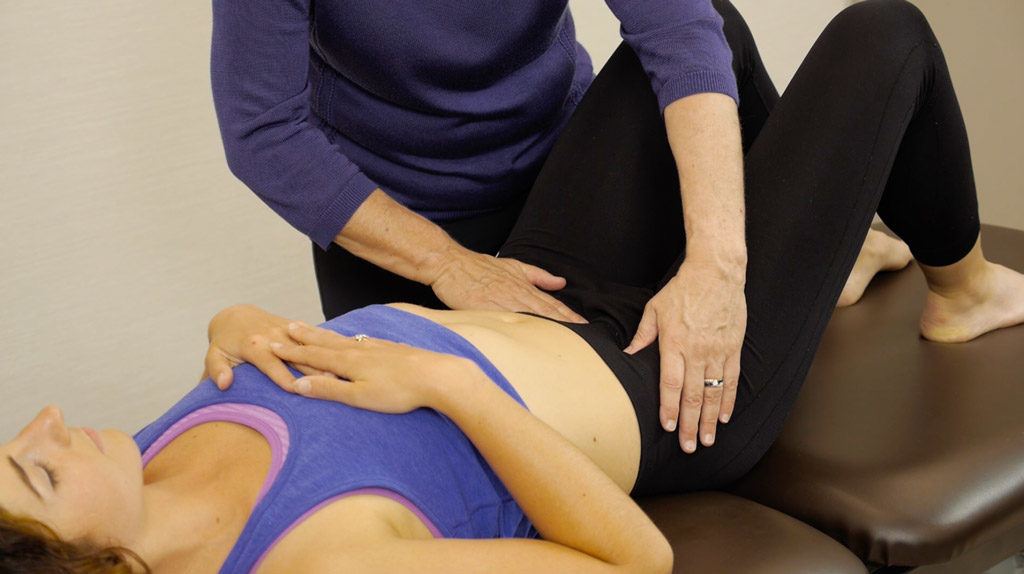
These videos are taken directly from chapter 6 of Diane’s book Diastasis Rectus Abdominis – A Clinical Guide for Those who are Split Down the Middle.
Follow the steps below to sign up
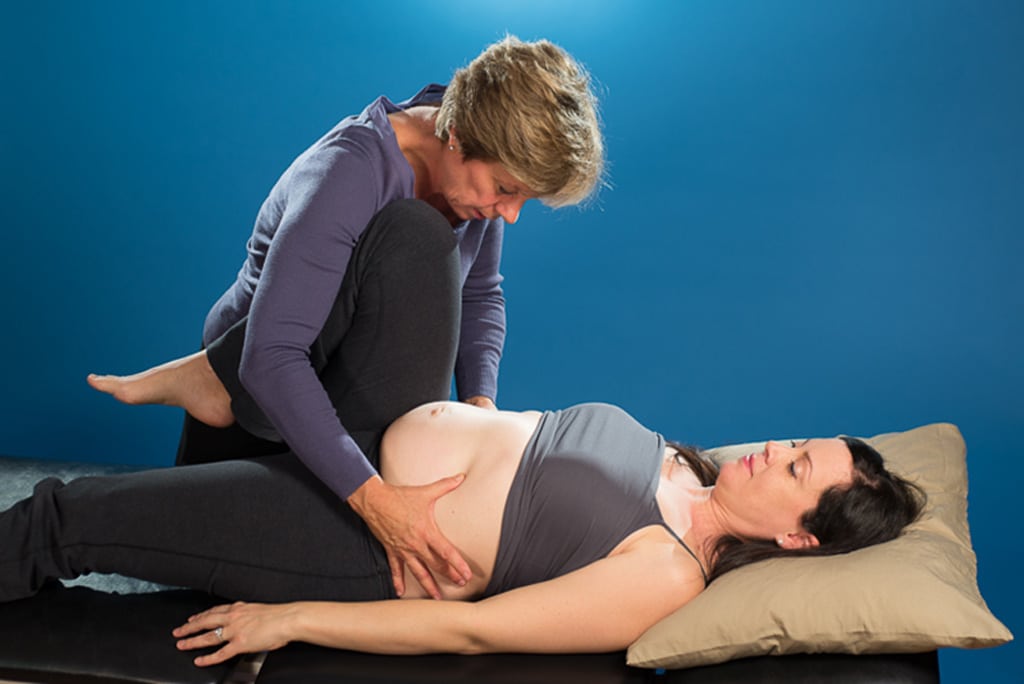
About the author – Diane Lee
Diane Lee is a member of the Canadian Physiotherapy Association (CPA), a Lifetime Membership Award recipient and Fellow of the Canadian Academy of Manipulative Therapists and recognized by CPA as a clinical specialist in Women’s Health for her expertise in the thorax, pelvic girdle and abdominal wall. She is the owner, director and practicing physiotherapist at Diane Lee & Associates (www.dianelee.ca) and the lead developer and instructor of an online/in-class education company Learn with Diane Lee (www.learnwithdianelee.com). For over 40 years Diane has been passionate about helping women, and clinicians/trainers who work with women, remain healthy and active through all the challenges of pregnancy, delivery and aging.
Book Review on manualtherapy.blog
The creator and author of manualtherapy.blog is Matthew S. Thomason PT, DPT, OCS, CFMT, FFMT, CMPT, FAAOMPT has posted his review of the DRA Guide. Here are some highlights.
“Clinicians that are interested in this particular field of physical therapy should read this book right away. And don’t let the title limit that audience. Diane does a wonderful job throughout the entire text explaining how abdominal wall dysfunction impacts wide ranging problems throughout this region of the human body.”
“The concepts presented in this clinical guide are not overly complex, but are presented in a very logical and evidence-based manner.”
“The reader (myself) quickly understands the paucity of guidance that we clinicians have to treat, manage, or direct care for conditions that compromise the abdominal wall (LBP, PGP, POP, UI, DRA).”
“Each layer of the abdominal wall is described and detailed with phenomenal pictures of fresh cadavers, coronal sections of (not so fresh) cadavers, and pictures from Guimberteau and Armstrong’s Architecture of Human Living Fascia. The most important part of this chapter though is how Diane ties in all their inter-related function.”
“One very nice feature for this book is the use of QR codes that are placed throughout each chapter. These link to online videos that show live patients for assessment and treatment demonstrations. Another benefit of these linked videos are the images of real-time ultrasound that Diane has performed on her patients to further give credence to the concepts that she presents in this clinical guide.”
Check out the full review here.

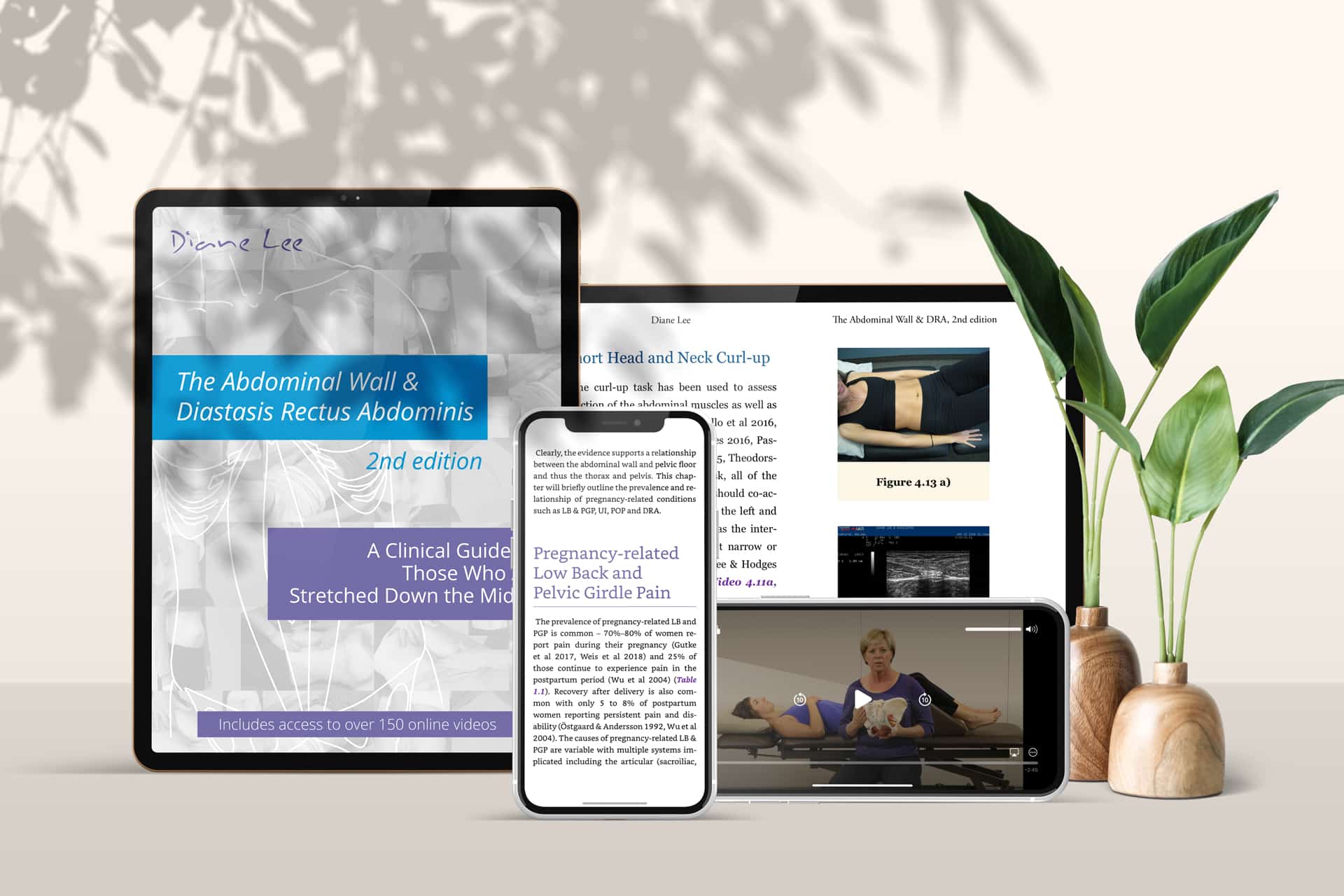
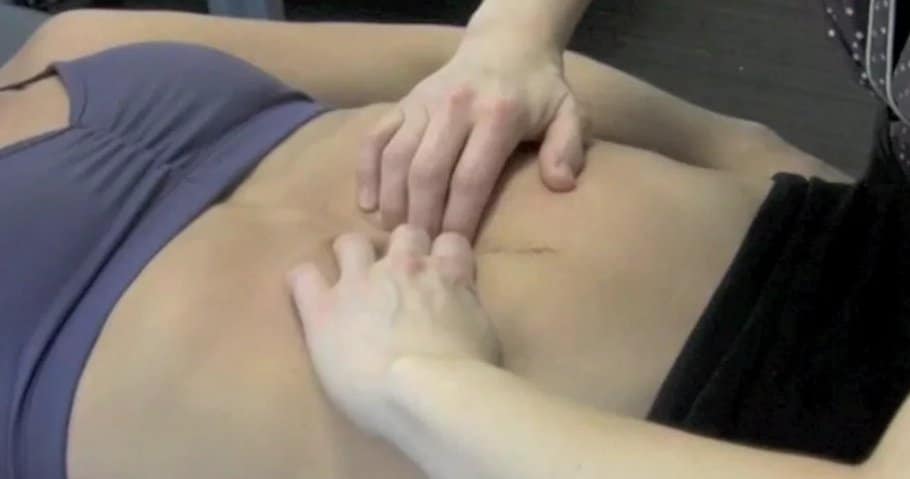

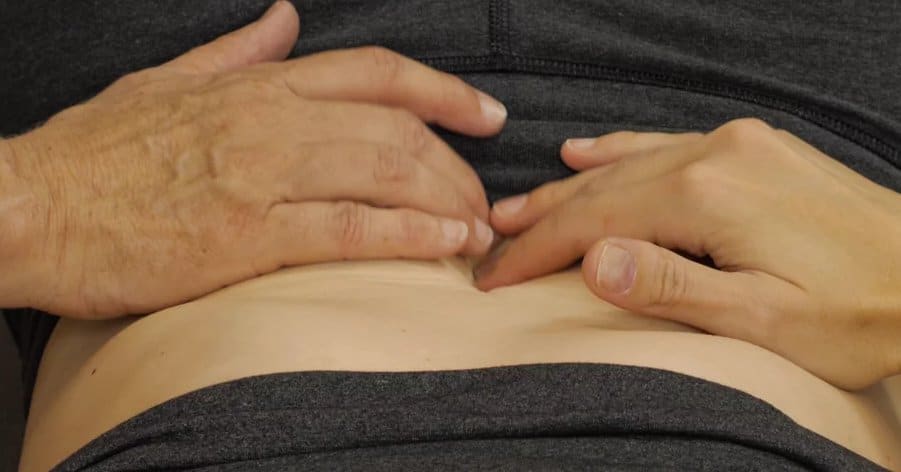


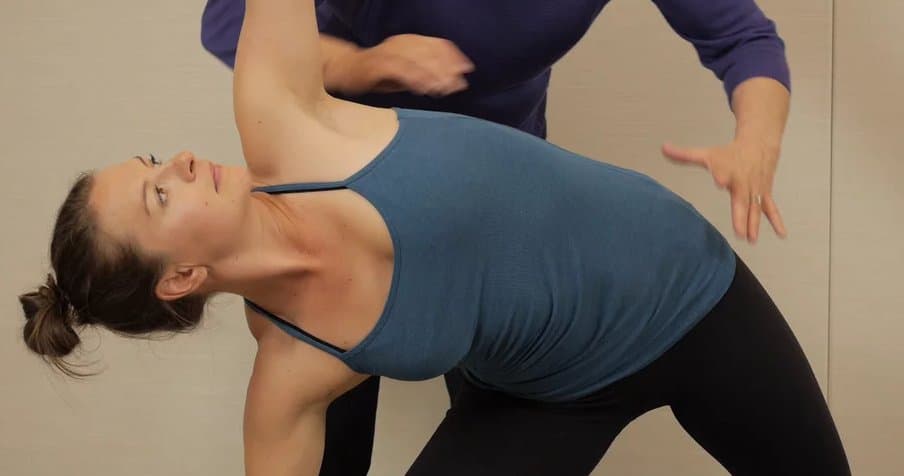

Reviews
There are no reviews yet.